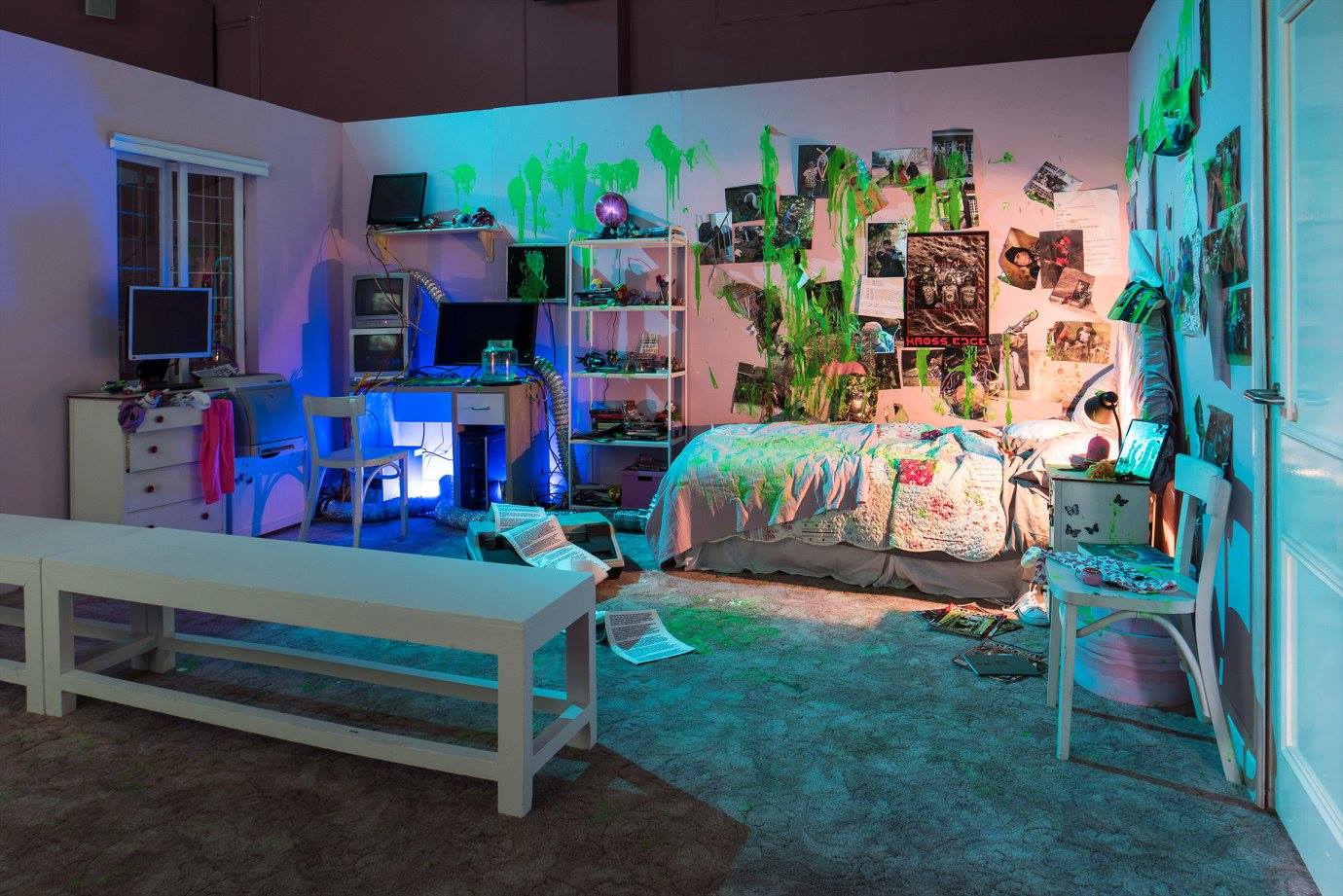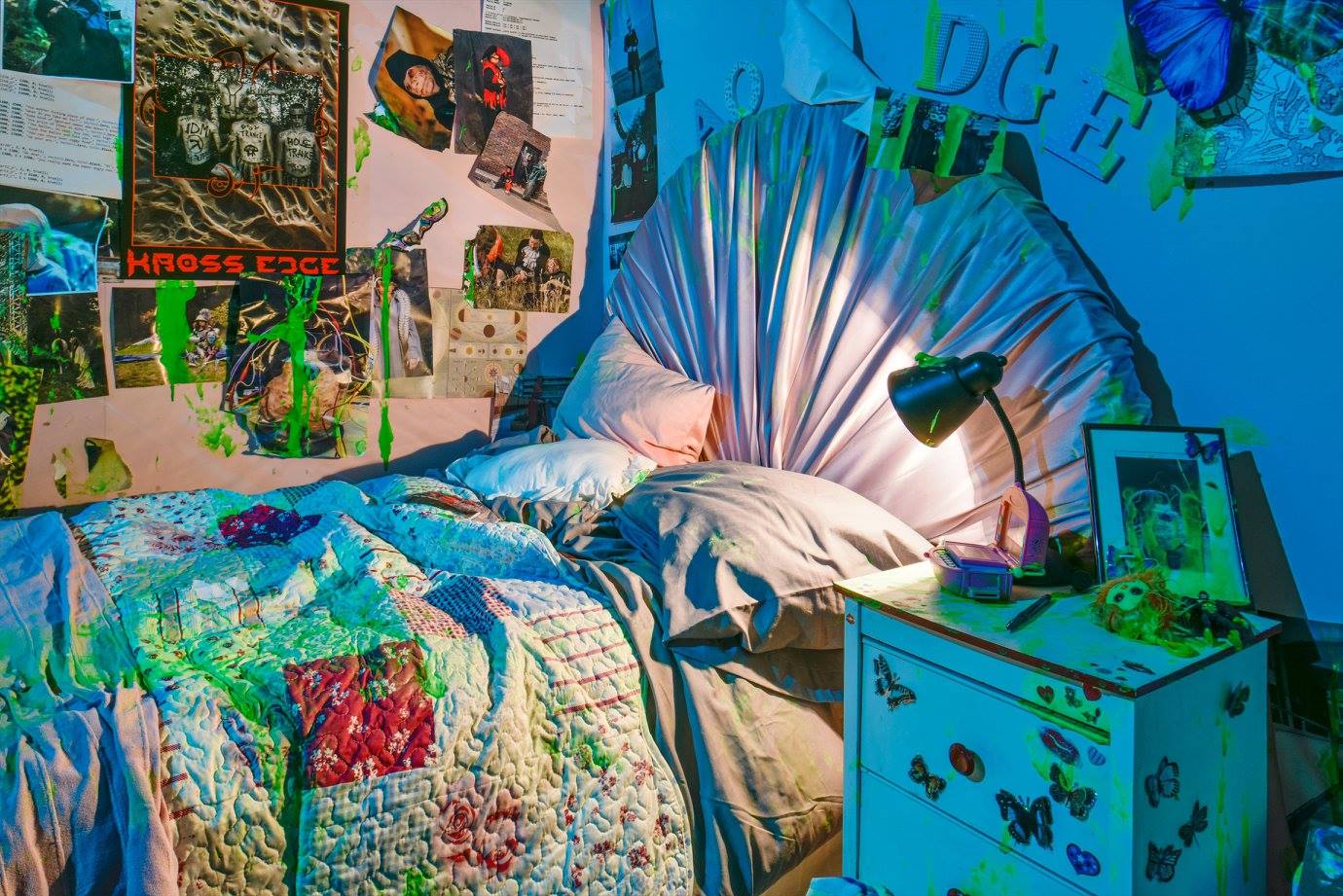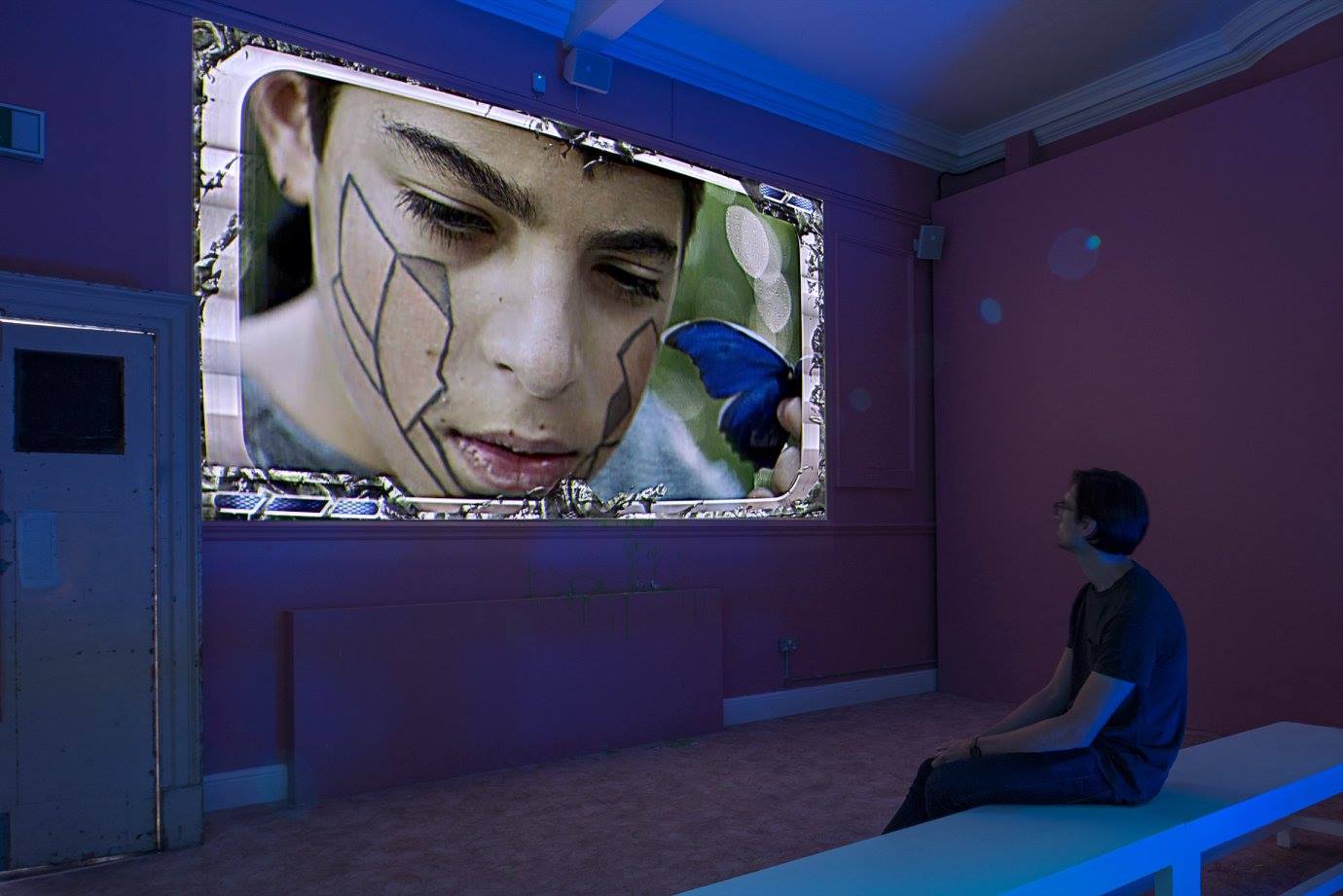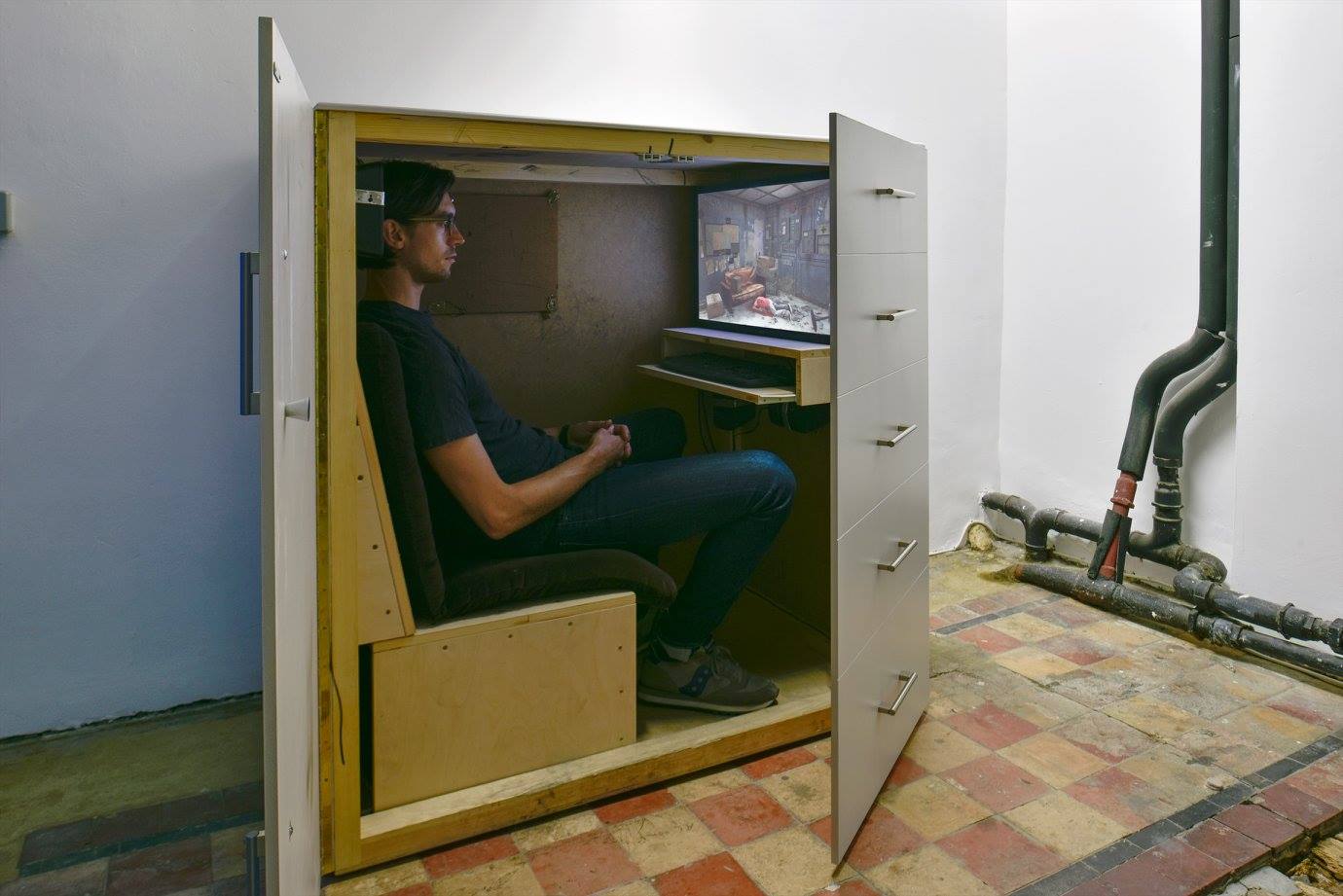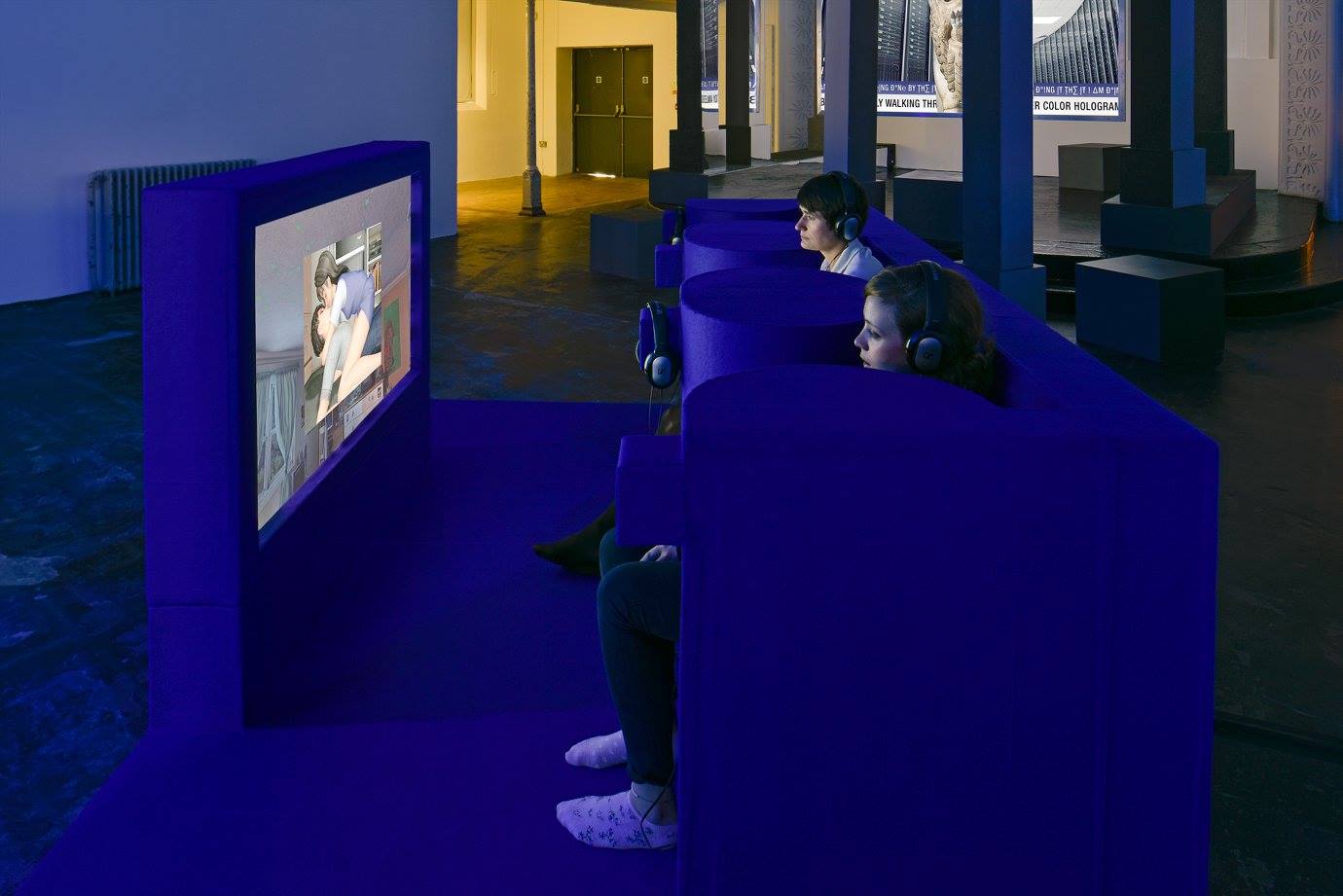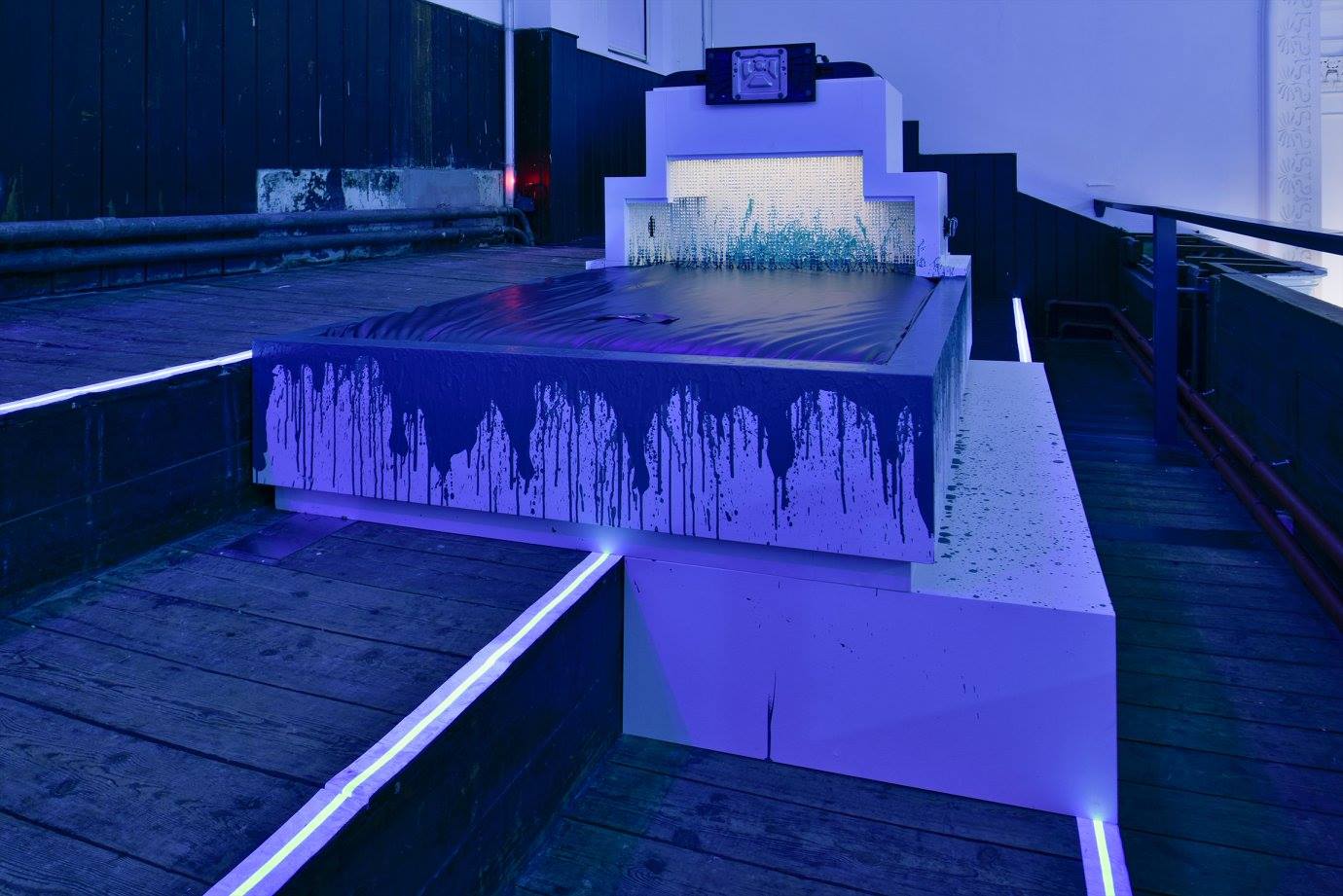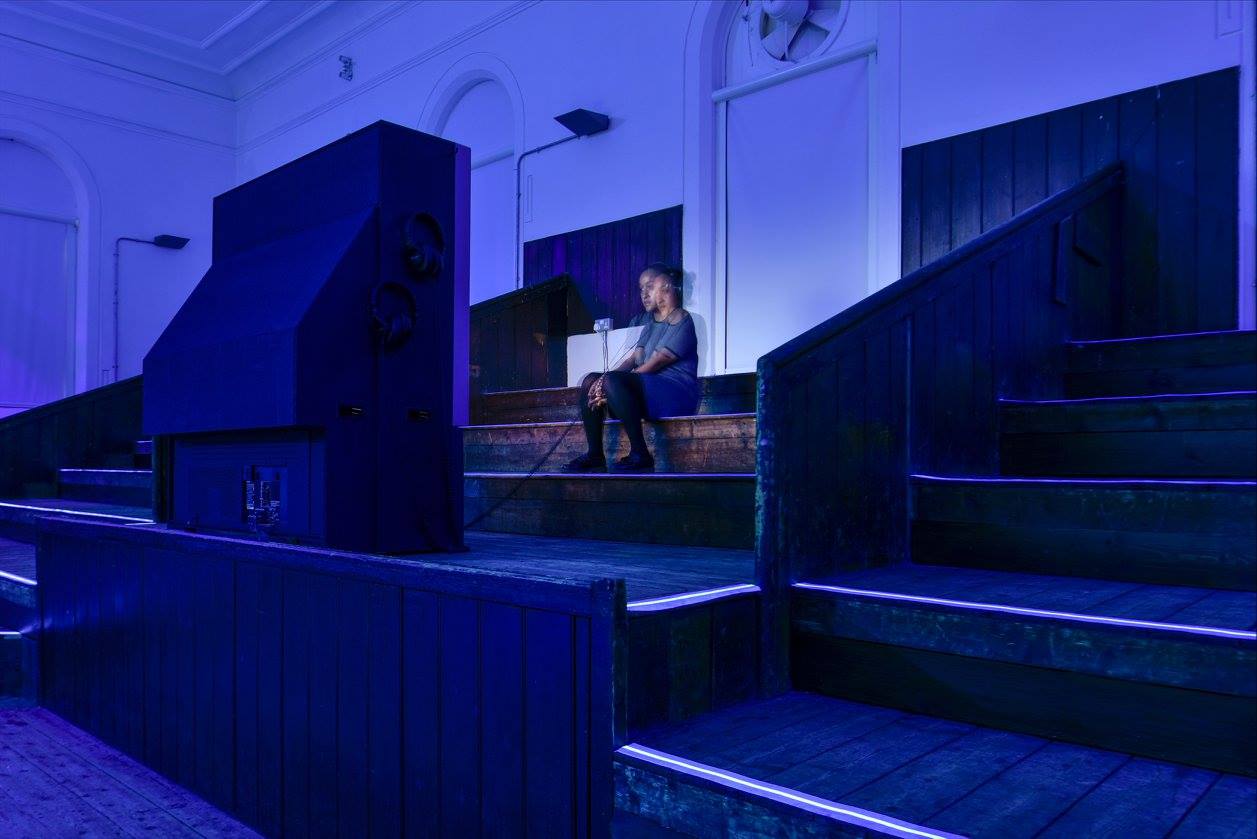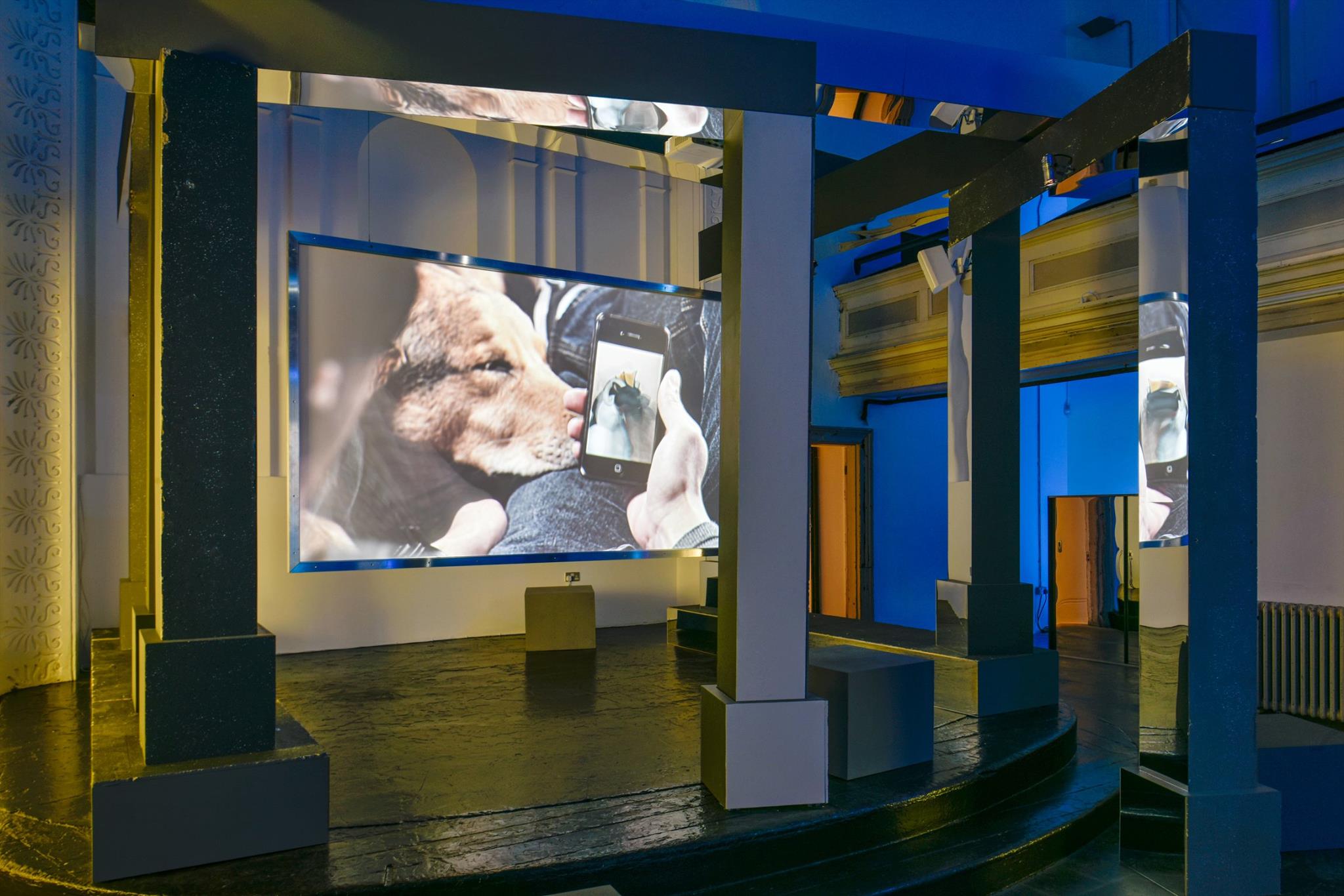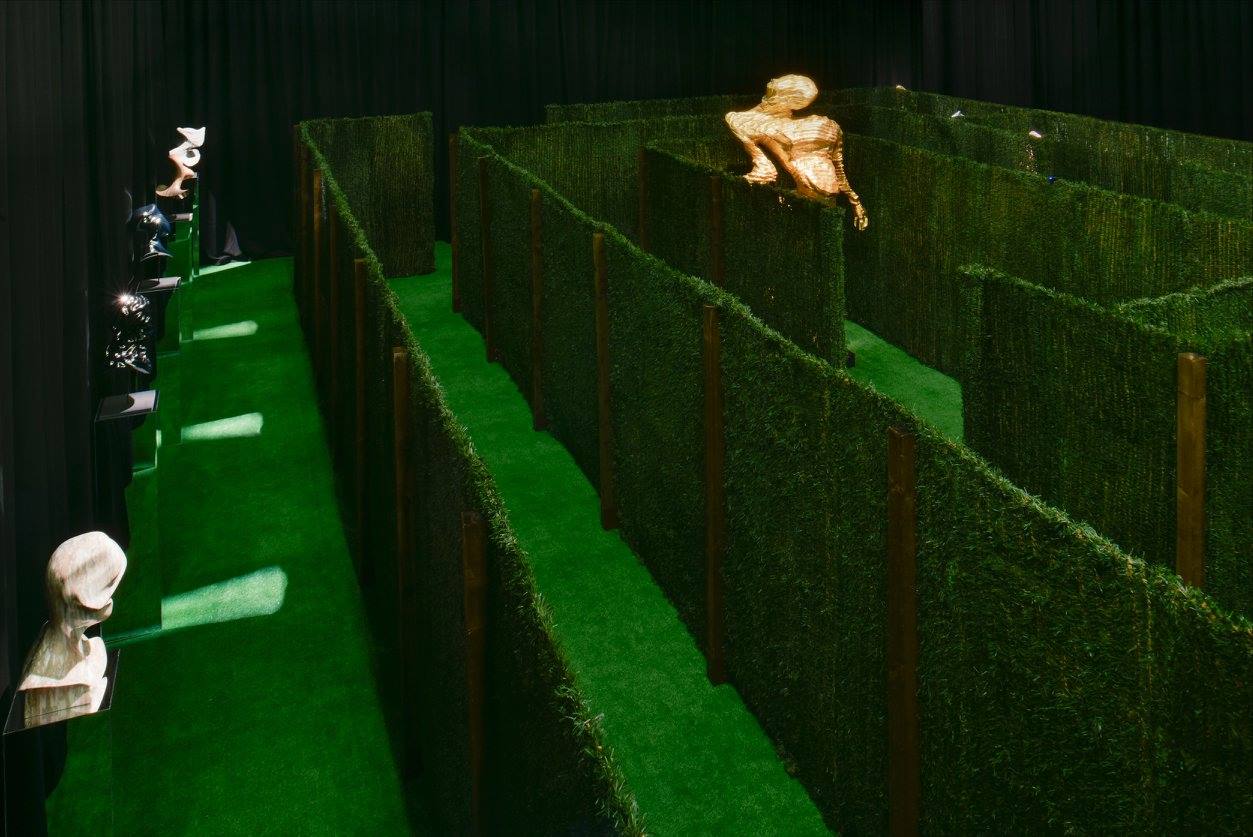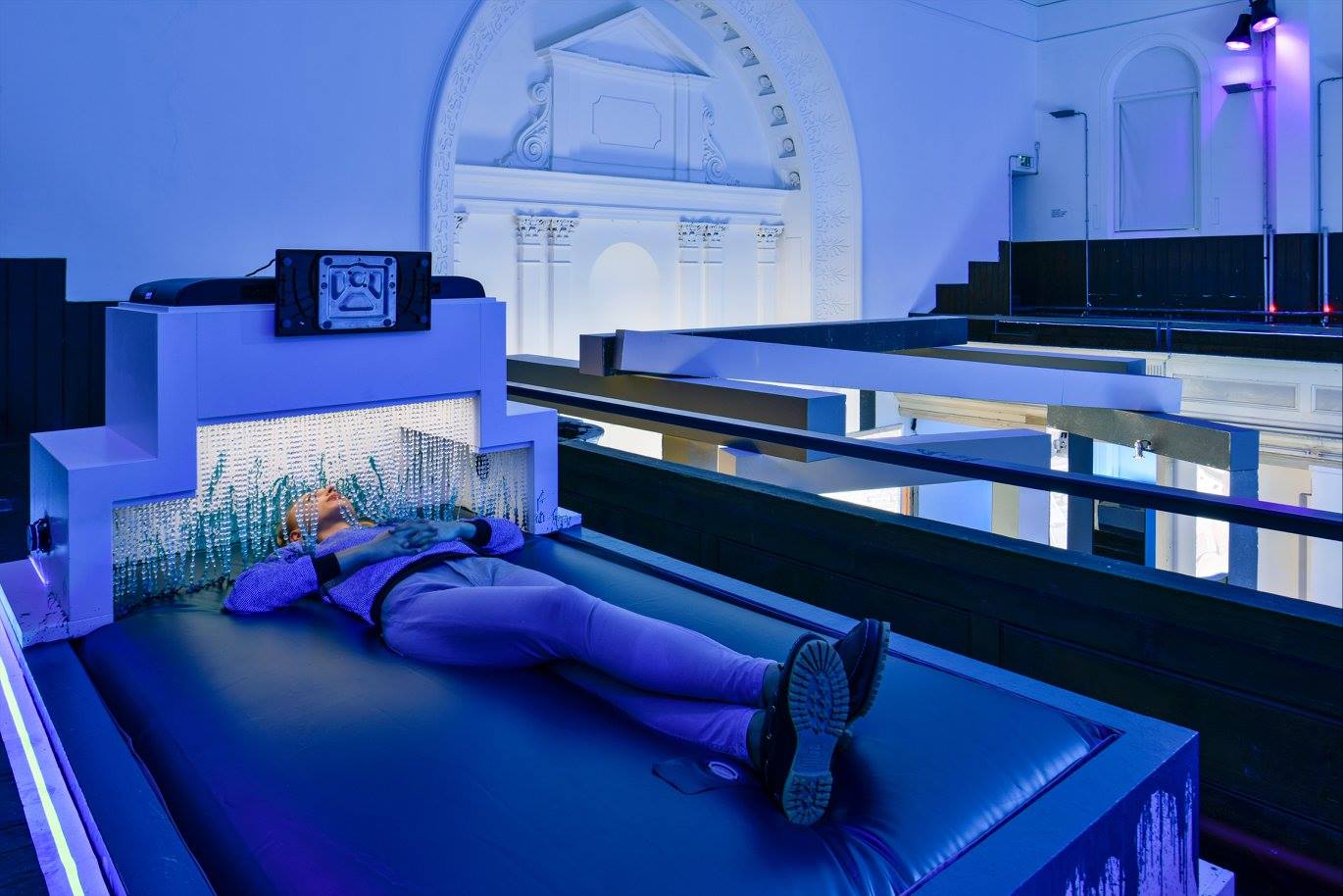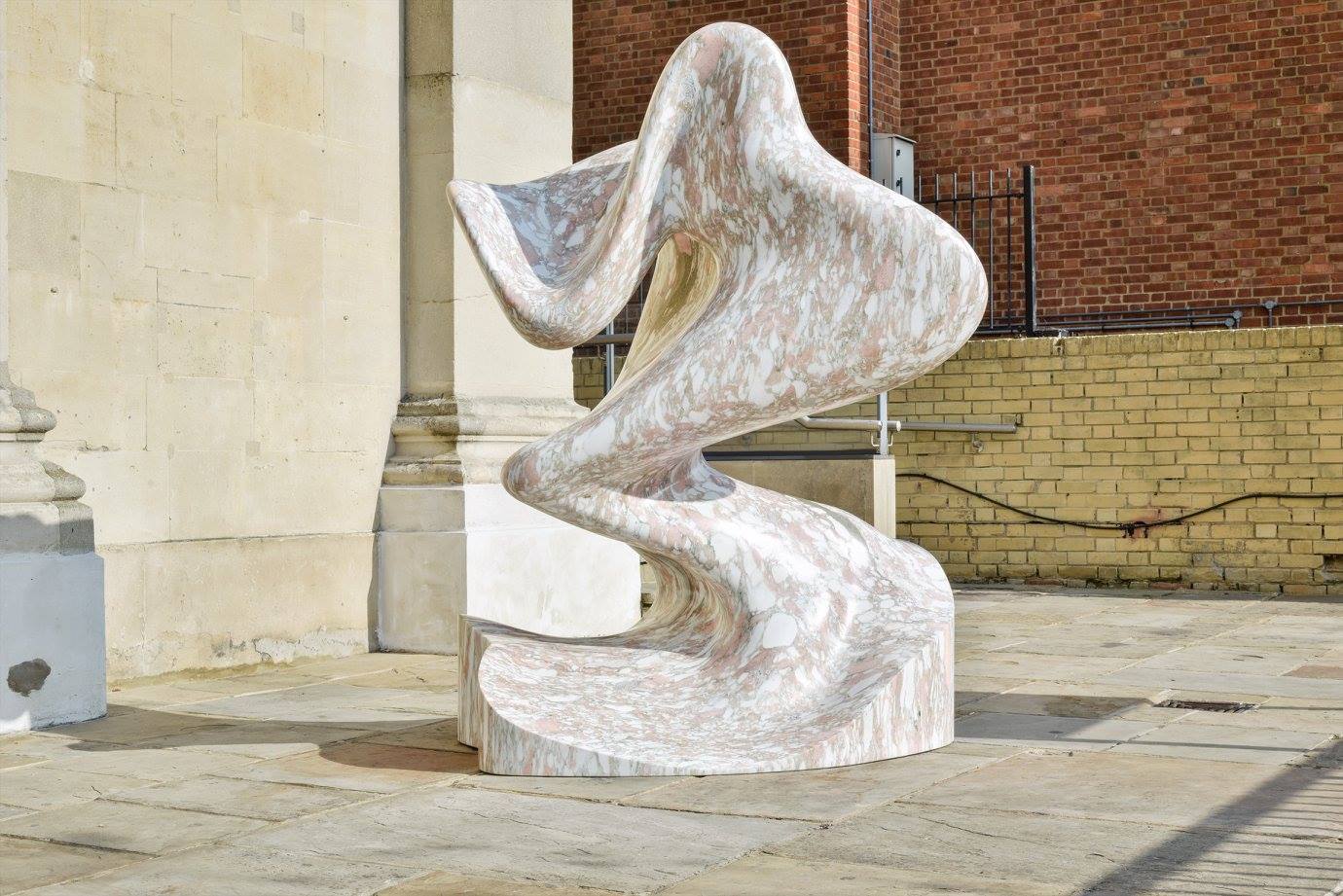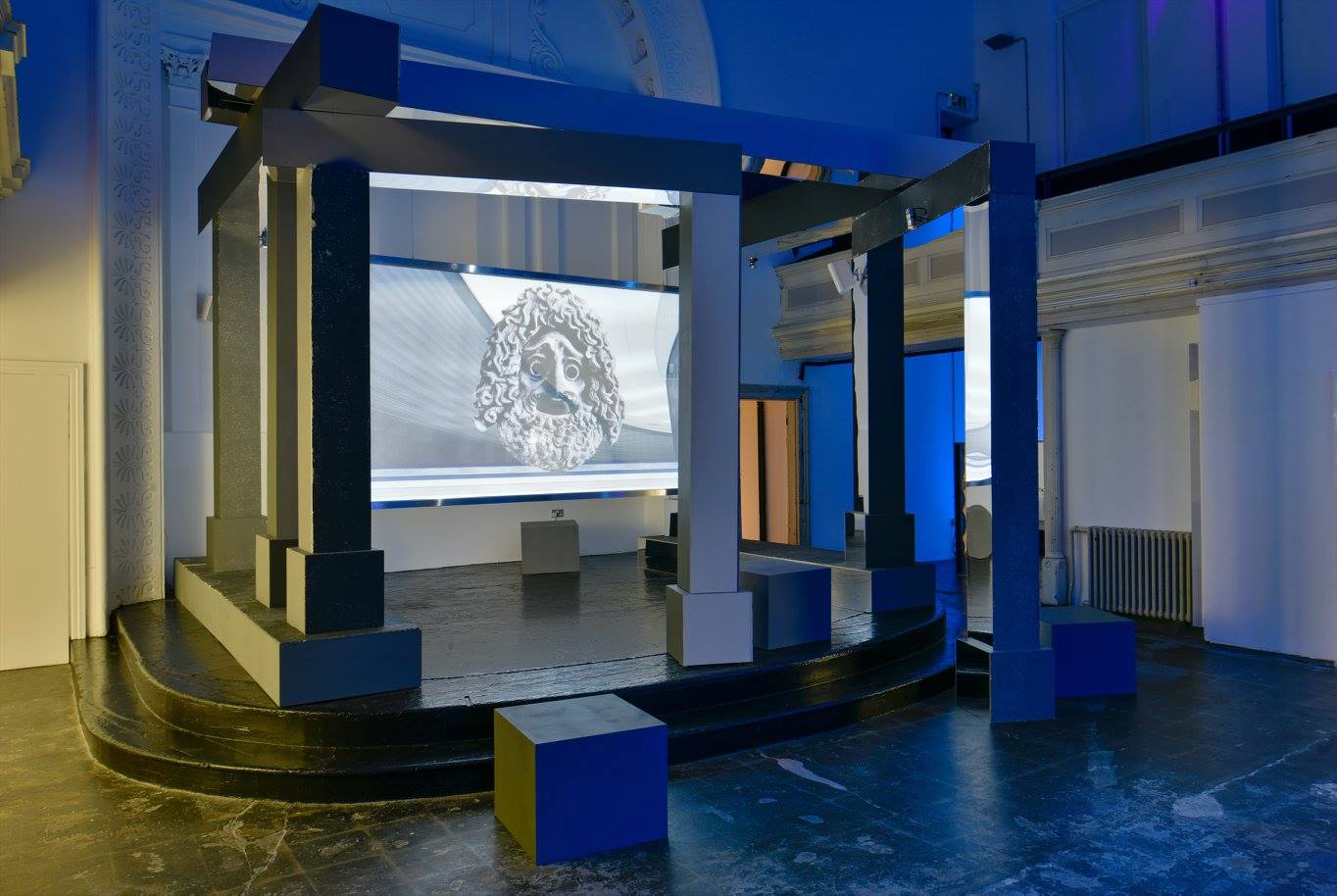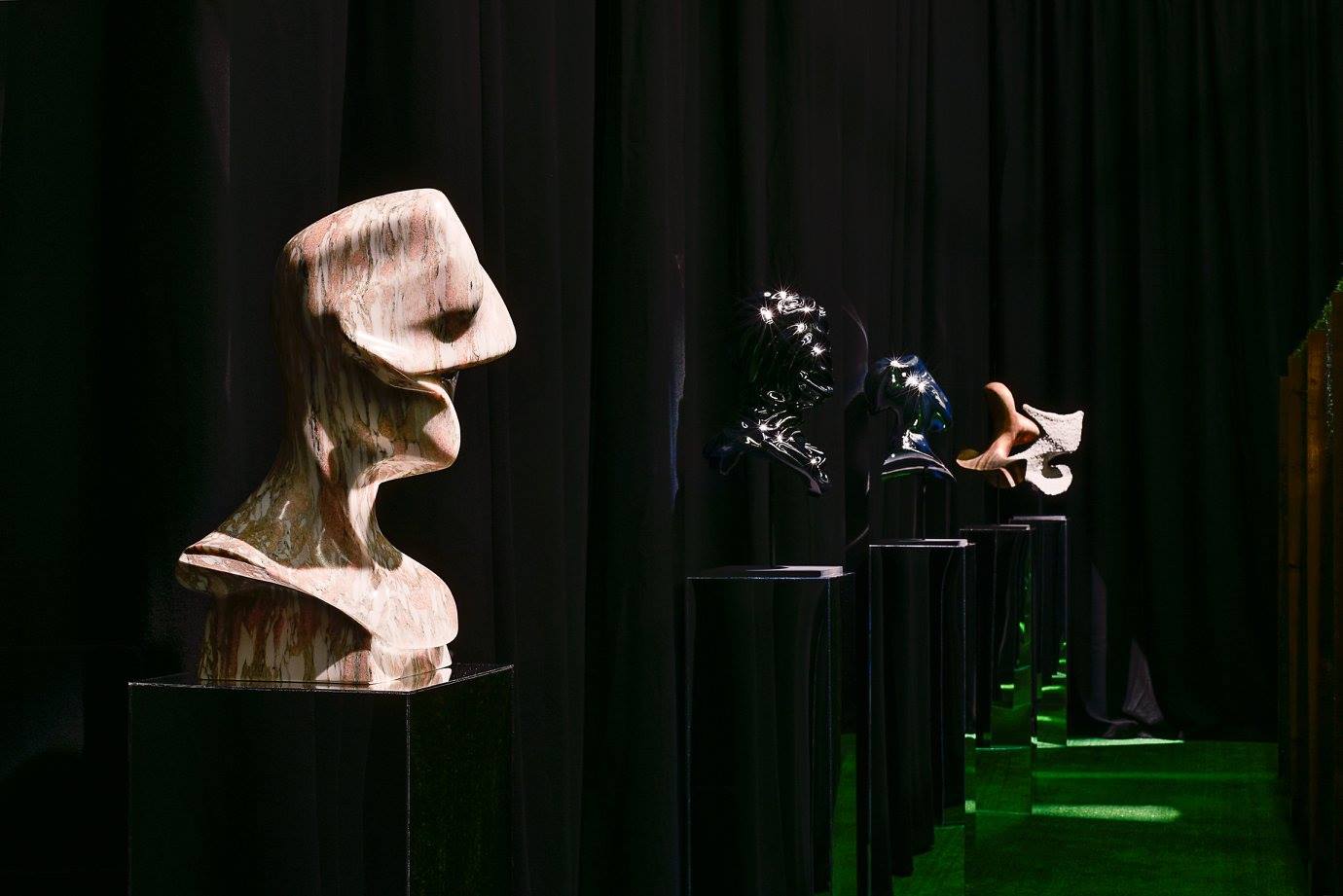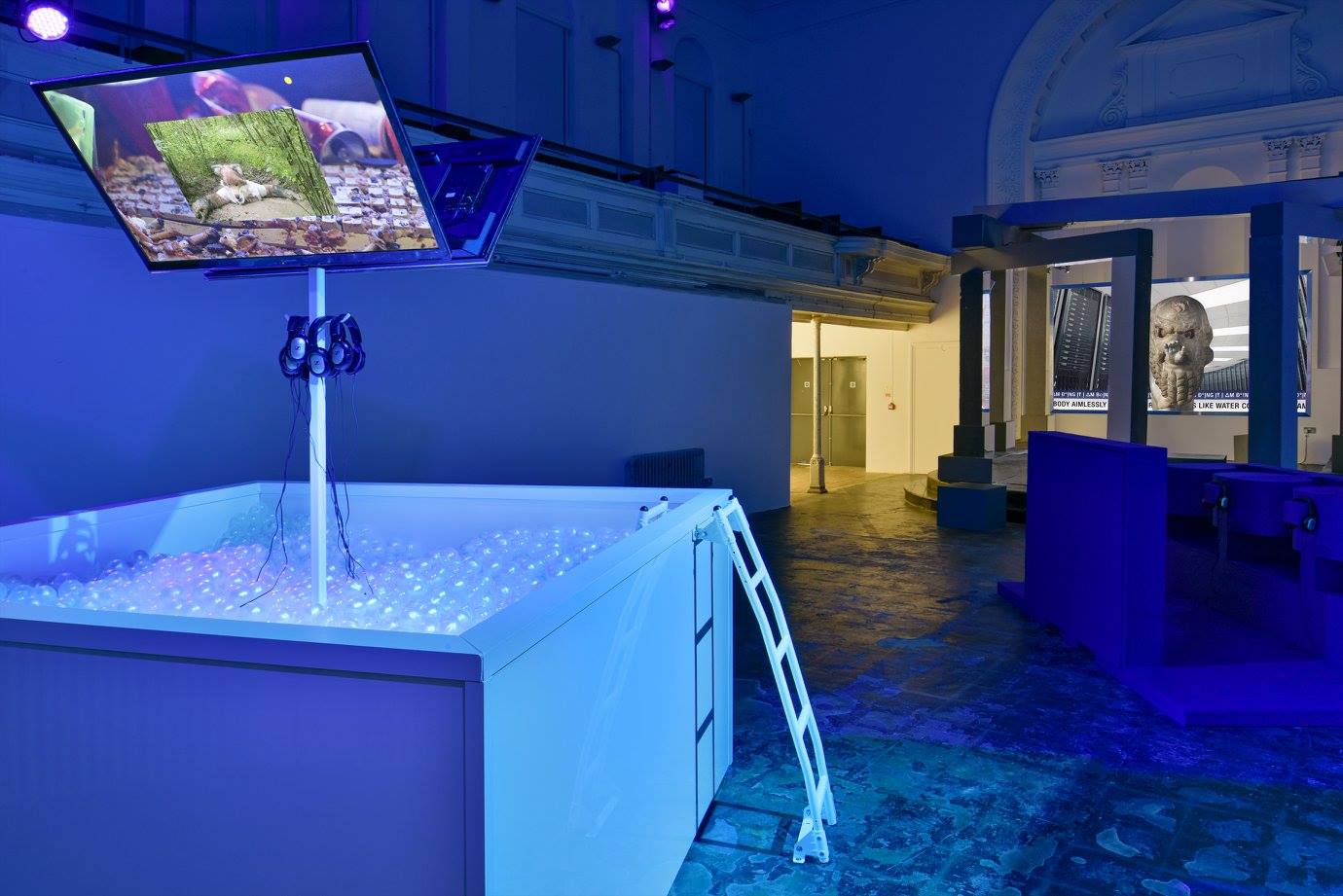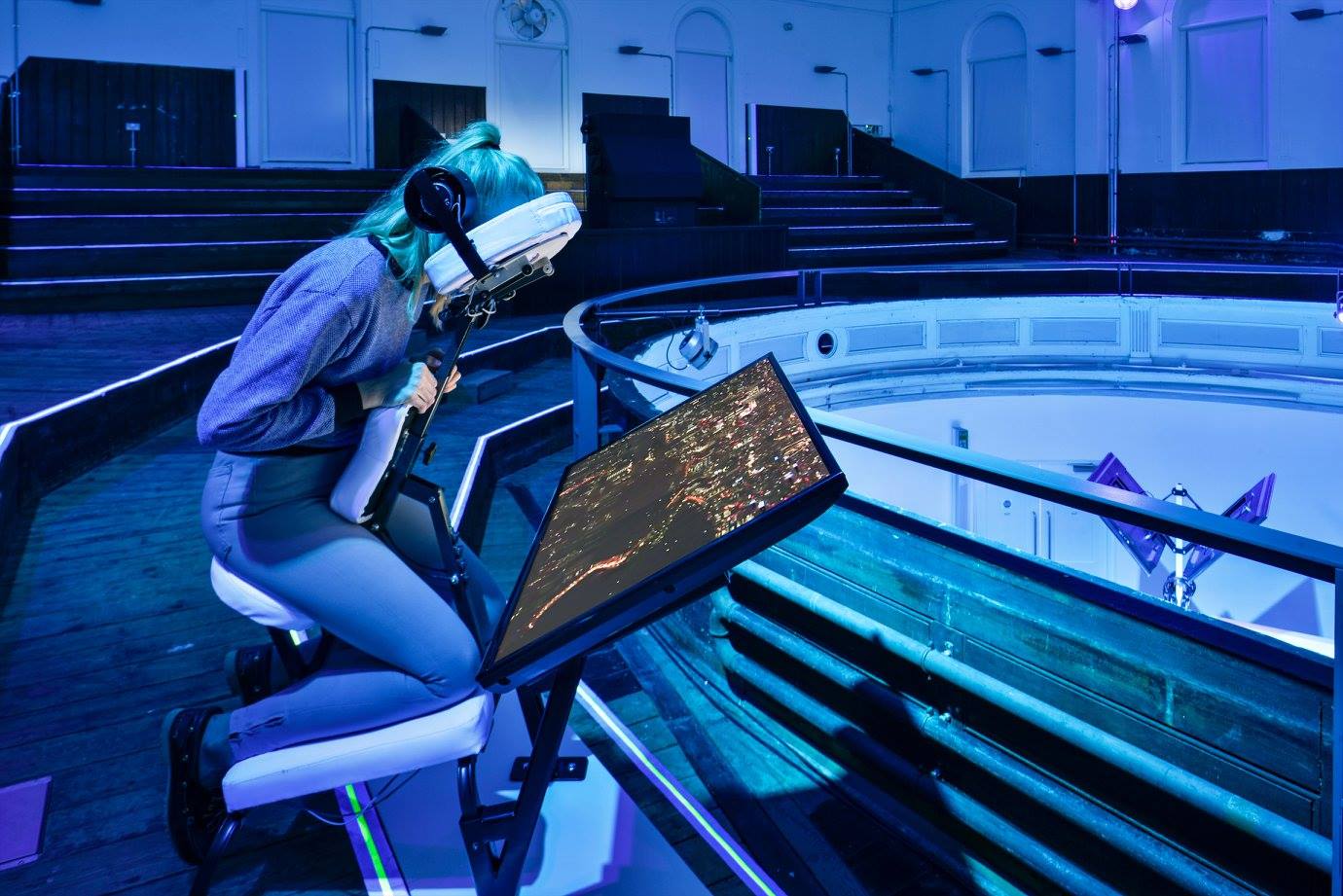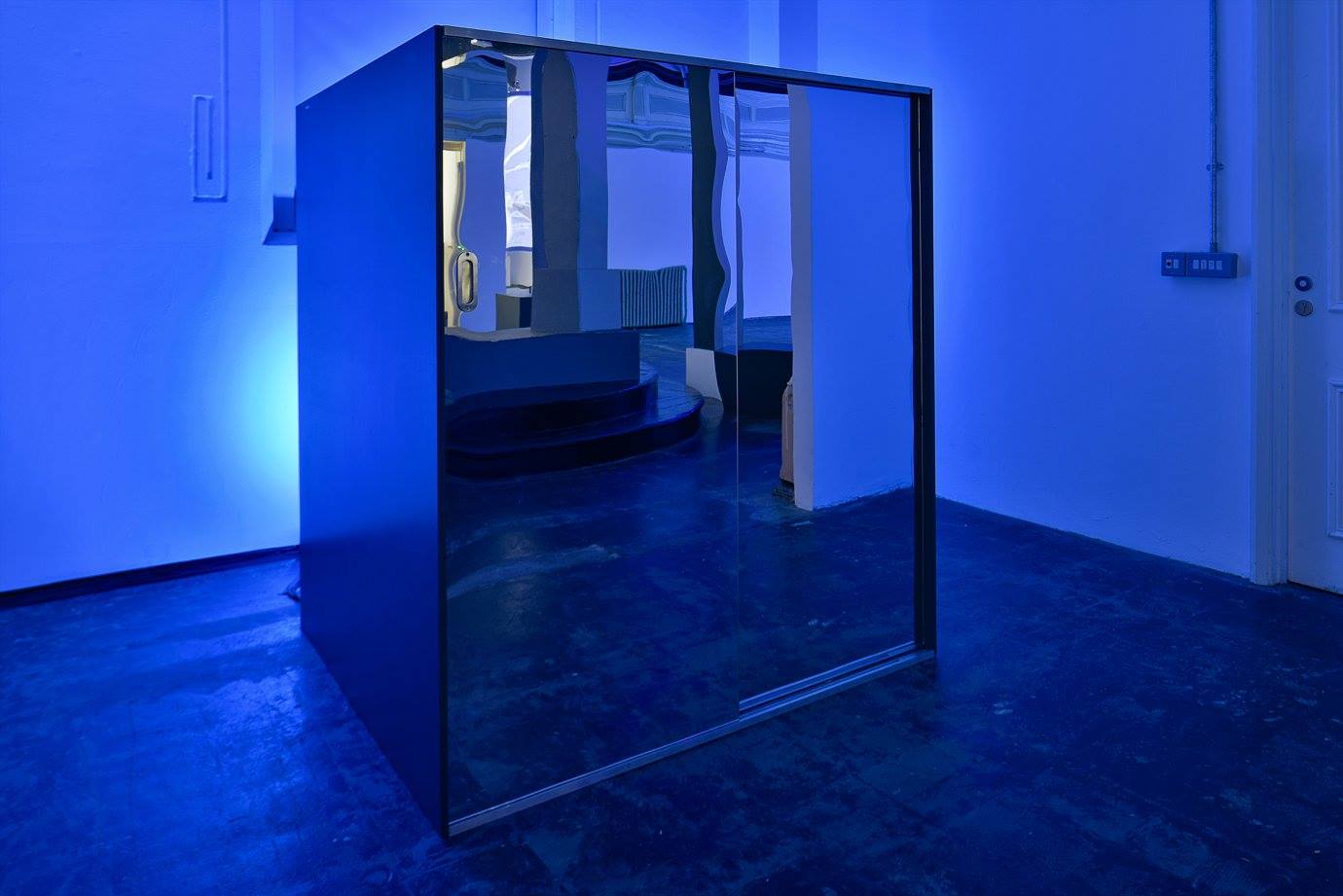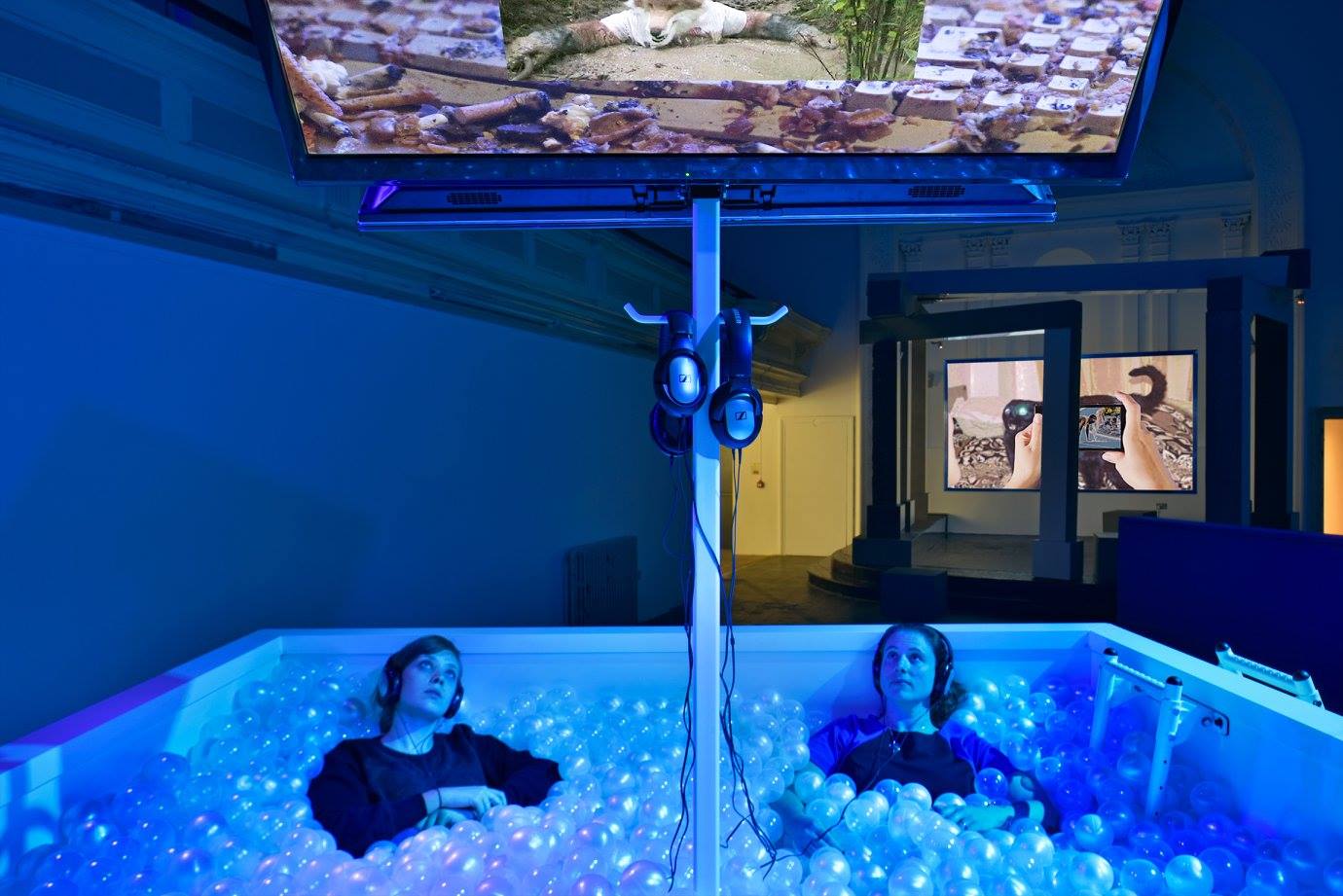earring: Tétier Bijoux
photography by Verity Smiley Jones
styling by Lea Wilbrand
art direction by Katharina Uhe
makeup by Alice Dodds
hair by Moe Mukai
casting by Oliwia Jancerowicz
set design by Jonquil Lawrence
production by Alina Kolomiichenko
modeling by Aworo Mayowa & India Grove @ Wilhelmina Models London
art by Elena Hoskyns-Abrahall, Lucy Page, Janina Frye & Sophie Cunningham
text by Julia Deutsch
photography assistance by Grete Tuberik
styling assistance by Katie Bishop
production assistance & on set production by Sarah De Larue
full look: MONCLER
earrings: Panconesi x KNWLS
necklace: Matilda Little Jewellery
vest: Mainline:RUS/Fr.CA/DE
earrings: Laruicci
top: Mainline:RUS/Fr.CA/DE
trousers: Mainline:RUS/Fr.CA/DE
shoes: IOANNES
rings: Matilda Little Jewellery
earrings: Panconesi
top: Mainline:RUS/Fr.CA/DE
artwork: Lucy Page
artwork: Janina Frye
dress: Dipetsa
armcuff: Laruicci
full look: MONCLER
dress: Olivier Theyskens
artwork: El Hoskyns-Abrahal
earrings: Tétier Bijoux
earrings: Panconesi, Matilda Little Jewellery
longsleeve: Pronounce
earrings: Tétier Bijoux
sunglasses: Gentle Monster x Coperni
dress: Goomheo
earrings: Panconesi, Matilda Little Jewellery
artwork: Sophie Cunningham
earrings: Panconesi
vest: Mainline:RUS/Fr.CA/DE
skirt: MYNOK
shoes: IOANNES
belt: Mainline:RUS/Fr.CA/DE
sunglasses: Gentle Monster x Marine Serre
dress: Laruicci
dress: MYNOK
boots: Nii HAi
bag: Sophia Webster
earrings: Panconesi, Matilda Little Jewellery
longsleeve: Pronounce
earrings: Tétier Bijoux
jumper: John Lawrence Sullivan
skirt: DIESEL
bag: DIESEL
shoes: Nii HAi
dress: Luis de Javier
What would happen if a black cat crossed your path? Would your superstitious mind calculate the time that you have left before bad fortune derails your life? Or would you walk away untouched by the symbolic doom, rather, dreaming about a salary raise that’s due, or a possible new sofa that you saw on Architectural Digest? Black cats, spilt salt, and their metaphysical implications might be ideas that never come to fruition. The impending salary raise, though, may already be around the corner. It’s manifesting itself in this very moment — that is what hyperstition does for you.
Hyperstition does not only affect individuals but also organizations and whole systems (comprised of individuals, naturally). Capitalist economics are especially sensitive to this modus operandi. It seems that the most cut-throat, radical players manifest wealth with ease. Their confidence is the magic ingredient in a recipe accompanied by rational thought and acute action that act together to shape our future. This, however, stands in stark contrast with the dominant Western belief system of Judeo-Christian morality, which is predicated on obligation and duty. Capitalism sells us the future, or at least produces the very future it has presented, for example, in the form of garments. Frederic Jameson states in his writings on postmodernism and the cultural logic of late capitalism that “it is easier to imagine the end of the world than the end of capitalism. We can now revise that and witness the attempt to imagine capitalism by way of imagining the end of the world.”
Imagining the future today, we see dystopian visions. They come in many forms and shapes but many would claim that envisioning utopia is inappropriate in times of doom. Not flying cars or nutritious meals in capsules, but rather, the colors of purgatory and the depths of the abyss. Are we collectively manifesting this through recursive thoughts? What we leave behind in an apocalypse are the products we used, garments we wore, and the knowledge we documented. William S. Burroughs argued that “You were not there for the beginning. You will not be there for the end. Your knowledge of what is going on can only be superficial and relative.” Time as a concept implies that we are always at the beginning and always at the end, every second that is. Therefore, the present is not only informed by the past but also by the future. The future hunts humanity in a sense, as Nick Land puts it: “The future is a better key to the present than the past.” But then, what is real in this moment besides the knowing that we must move forward?
The apprehension of the real is conceptually organized. This editorial we call “Hyperstitious Garments” derives from the question: What happens if clothes contain an emotional and affective capacity of their own? By relaying the perspective away from death, decay and documentation — garments have the ability to outlive the human body as the host and thereby change and overcome temporalities. Clothes are imbued with their own agency, therefore they emotionally unfold over time, and possibly live an infinite life. Also, the objects shown are not dependent on a body but exist untethered. Visual spatiality is created through the play with proportions, figurative and organic shapes — e.g. a static torso that wears a moving garment, or hair that behaves like sculpture. But the hyperstitious discourse does not end there, it also lives in how this very shoot was conceived, brought to fruition through production and is now accessible online through domain. It manifests itself as often as it is approached (clicked) and unfolds in front of our very eyes to be explored…
Elena Hoskyns-Abrahall (b. 1998, Edinburgh, Scotland) is a non-binary artist who lives and works in London. Elena's practice spans a wide variety of ideas and methods, however, they work predominantly in sculpture and performance, looking at themes relating to gender, identity politics and queer theory. Looking at the world through the lens of abjection, Elena uses this as a tool for exploring their human experience. Whether it be through objects or performance, the bodily and the repulsive become excellent tools for exploring the dysphoric nature of the human condition.
Janina Frye (b. 1987, Neuwied, Germany) lives and works in Amsterdam and Leiden. Frye studied at AKV St. Joost in 's-Hertogenbosch in the Netherlands and the Royal College of Art in London. In 2020, she was a participant at the EKWC (European Ceramic Workshop Center) in Oisterwijk, NL. Her work has been exhibited at Arti et Amicitae, Amsterdam, among others; First Site, Colchester; Old Operation Theater Museum, London; Onomatopee, Eindhoven; P/////ACT, Amsterdam; Stedelijk Museum, 's-Hertogenbosch; Saatchi Gallery, London and South London Gallery, London. On the 17th of September, her upcoming solo show is opening at Kunstverein Friedrichshafen, Germany. Janina Frye’s sculptures and installations present a concept of the human – a transformative system with connections, overlaps, and entanglements linking the body to the outside world. Through the lens of new materialistic and systemic theories and personal observations, she posits that the human skin is not a border, but an interface with the outside world. Moreover, Frye is interested in 'the invisible,' where immaterial and imaginary entities, fictions, phantoms, and emergent processes influence our bodily cognitions and perceptions.
Sophie Cunningham (b. 1992, West Midlands, UK) is a London-based artist. Her work is an exploration of the irrational psychology behind the expediency and disposability of Western shopping habits. She creates sculptural arrangements using fast-fashion ordered online, which last the duration of the retailer's return policy. When the sculpture ends, she sends the clothes back with a photographic reminder of the sculpture placed in the return parcel to push her artwork directly into the supply-chain. She tries to communicate with the brands with an ‘irrational’ consumer response to start a dialogue. Often, works are not acknowledged by brands – for instance, in her video work ‘Papier-mâché Boots’ she swaps returned products for Papier-mâché versions and still receives a full refund. These absurd activities aim to raise questions about the impact of over-consumption. Recent exhibitions and talks include her ‘Systems at the Seams’ showcase at Goldsmiths MFA Fine Art Degree Show (2022) and being a guest speaker for the V&A Museum series ‘Live Conversations: Designed to Make a Difference’ (2021).
Lucy Page (b. 1995, London, England) studied Fine Art & History of Art at Goldsmiths University, and she is now developing her own sculpture practice from her studio in London. Lucy is interested in the ways that we inhabit the domestic space, from small daily gestures and routines to the motion of our bodies within this environment. Her work is bodily, exploring our use of this space. Lucy’s work centers around freezing movement and moments into tactile objects, bringing them into the home and transforming the domestic into purposeful design. In this way, the sculptor’s work bridges the gap between design and function; either meant to be kept as a piece of art, used to hold other objects, or sit on the wall. Lucy makes every piece by hand, using traditional casting and mold-making techniques. The process is very physical and each piece is unique. She works with a range of materials to create different designs including food, body parts, and clay.

